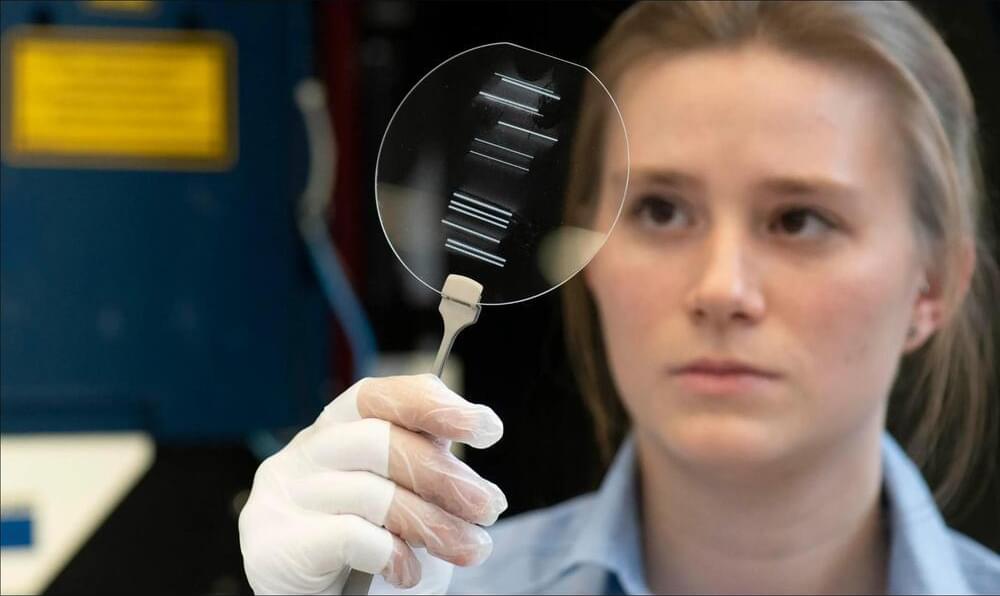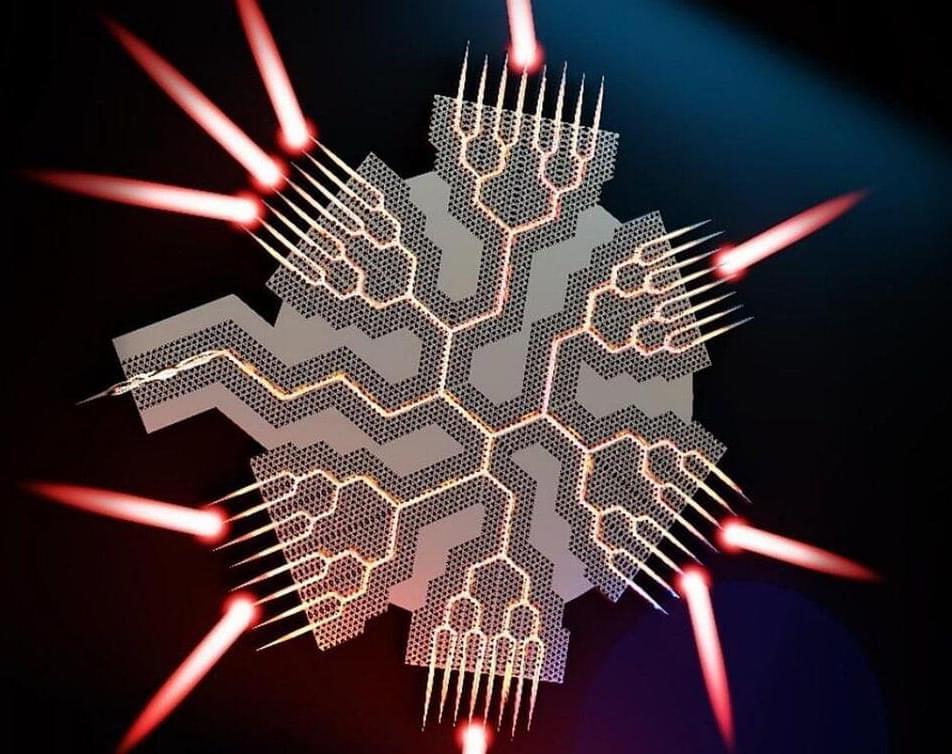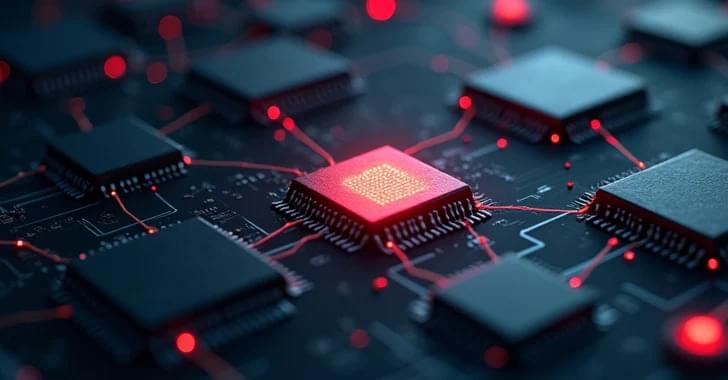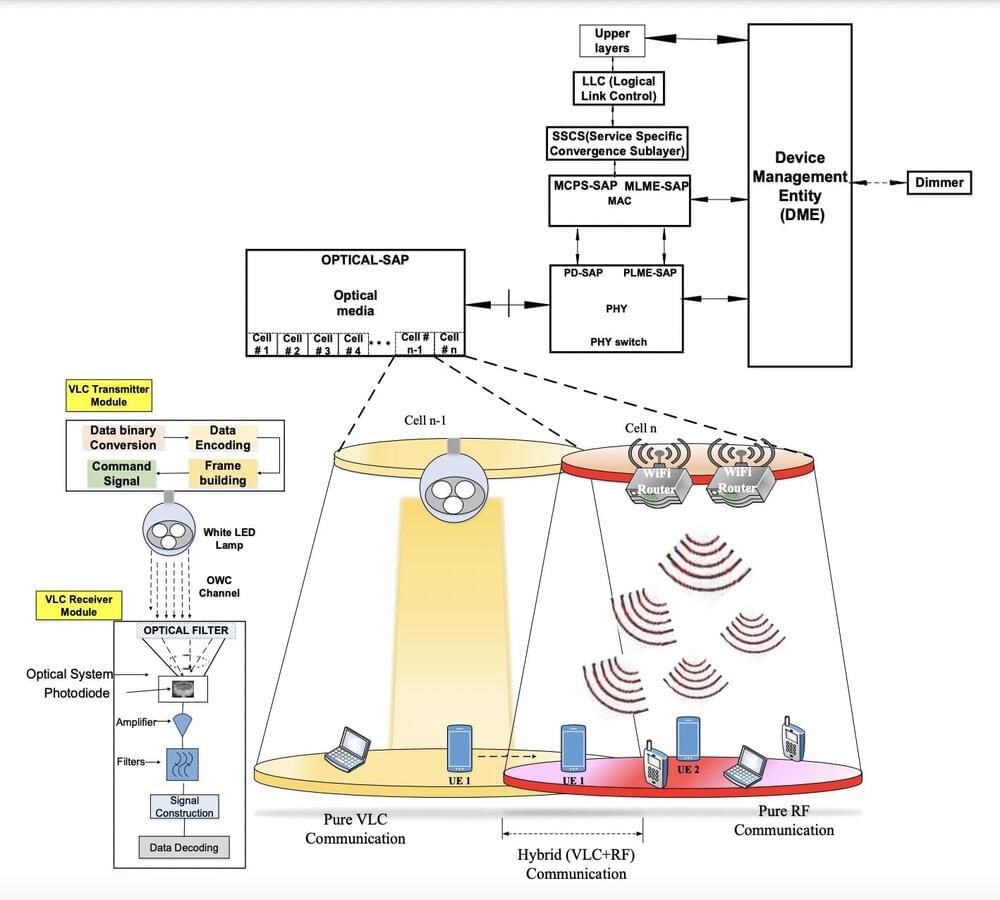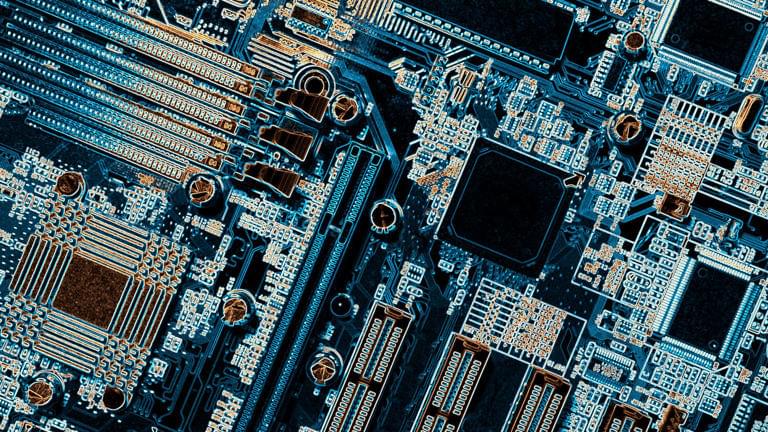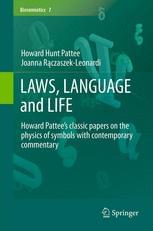Quantum is huge. Because quantum computing allows us to step beyond the current limitations of digital systems, it paves the way for a new era of computing machines with previously unthinkable power. Without recounting another simplified explanation of how quantum gets its power at length, we can reference the double-slit experiment and perhaps the spinning coin explanation.
A coin sat on a desk is either heads or tails, rather like the 1s and 0s that express the on or off values in binary code. Quantum theorists would prefer we think of the coin above the desk, spinning in the air. In this state, the coin is both heads and tails at the same time. This is because, at the quantum level, both values exist until we make an observation of its state at any given point in time. We could further increase the number of positions possible (literally known as quantum superposition) by altering the angle of view we take on the coin, which is somewhat similar to how we work with qubits in quantum mechanics.
So then, Schrödinger’s cat is both alive and dead at the same time and the dummies guide to quantum entanglement is out there on the web if needed. What matters most now is how we will make practical use of quantum computing and where it will be applied for best advantage.


